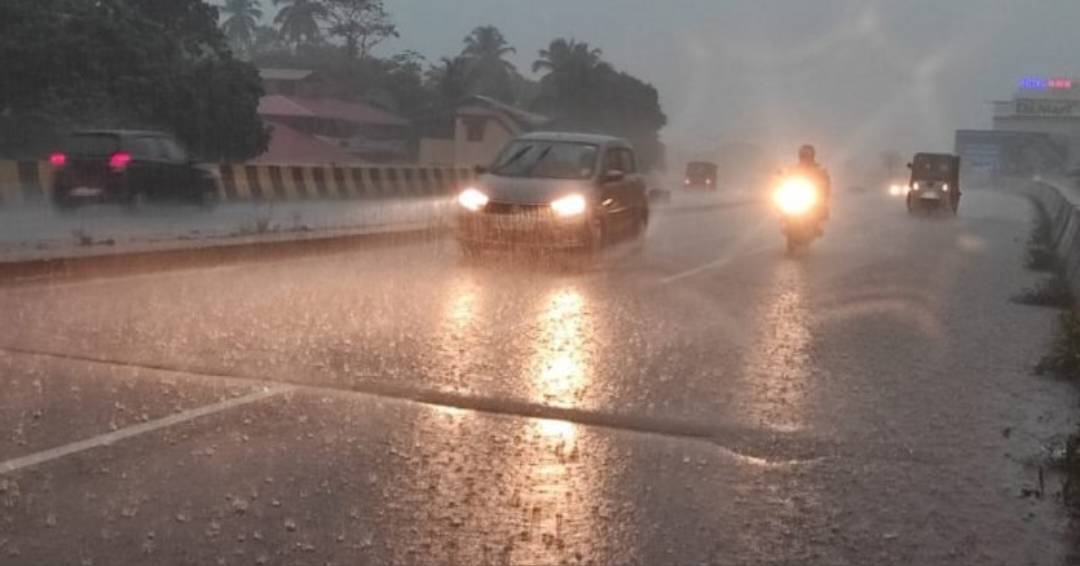
The India Meteorological Department has announced that a cyclonic circulation forming over the southeast Arabian Sea is expected to develop into a low-pressure area and intensify in the next two days. This weather system will have a significant impact on the progress of the monsoon towards the Kerala coast. However, the department has not provided a specific date for the monsoon’s arrival in Kerala.
The prevailing westerly winds over the south Arabian Sea have caused the cloud mass to be more organized and concentrated in the area due to the cyclonic circulation. As a result, there has been a decrease in clouds off the Kerala coast in the past 24 hours. Furthermore, the IMD predicts the formation of a low-pressure area in the same region within the next 24 hours, which is likely to move northwards and intensify into a depression over the southeast and adjoining east central Arabian Sea in the subsequent 48 hours.
The formation and intensification of this weather system, along with its northward movement, will significantly influence the advancement of the southwest monsoon towards the Kerala coast, according to the IMD. The normal onset of the southwest monsoon over Kerala is expected to be around June 1, with a standard deviation of approximately seven days. In a previous announcement, the IMD had suggested that the monsoon might arrive in Kerala by June 4.
In terms of rainfall predictions for the upcoming southwest monsoon season, the IMD anticipates normal rainfall for India despite the evolving El Niño conditions. Northwest India is expected to experience normal to below-normal rainfall, while the east and northeast, central, and south peninsula regions are projected to receive rainfall within the range of 94-106% of the long-period average.
The IMD defines “normal” rainfall as between 96 and 104% of the 50-year average, which is approximately 87 cm. Rainfall below 90% is considered “deficient,” between 90% and 95% is categorized as “below normal,” between 105% and 110% is labeled as “above normal,” and anything above 100% is considered “excess” precipitation.
The importance of normal rainfall cannot be overstated for India’s agricultural sector, as 52% of the net cultivated area relies on it. Additionally, it plays a crucial role in replenishing reservoirs that are vital for drinking water supply and power generation across the country. Rainfed agriculture alone contributes to about 40% of India’s total food production, making it an essential component of the nation’s food security and economic stability.

Post Your Comments